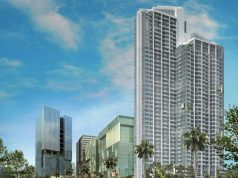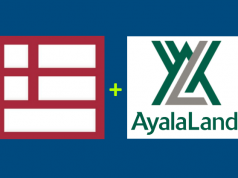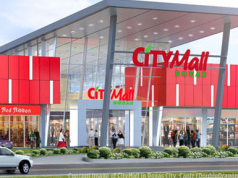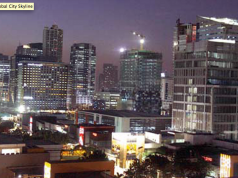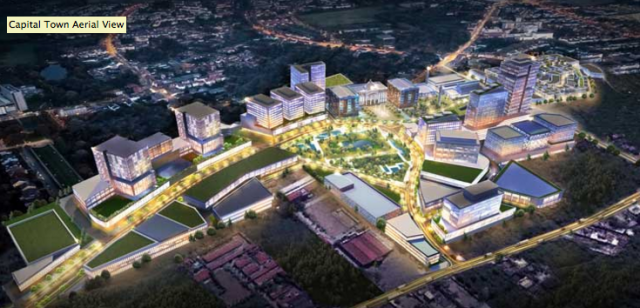
MANILA – Property developers will be ramping up developments outside Metro Manila next year, keeping pace with the government’s aggressive infrastructure program that aims to improve connectivity from the metro to the provinces.
This is according to the local arm of real estate consultancy firm Colliers International, which noted the government’s infrastructure projects will dictate the strategy of property developers in 2018.
“The ushering in of the golden age of infrastructure lends support to the government’s decentralization push which should unlock land values in areas outside of Metro Manila and stimulate business activities in the countryside,” Colliers said in a report.
More townships or satellite communities, which include a mix of residential, office, and commercial developments, will soon pop up in areas outside of Metro Manila. Colliers noted townships offer a better value proposition for buyers, since residents can adopt the “live-work-play-shop lifestyle” without leaving the area.
“We see developers pursuing more township projects in areas outside of Metro Manila such as Cavite, Laguna, Bulacan, Pampanga, Cebu, and Davao over the near to medium term as land values are being unlocked by an aggressive expansion of road networks,” according to Colliers.
Cavite, for instance will benefit from the expansion of road networks by Cavitex Infrastructure Corp., which is behind the 7.7-kilometer Cavite Expressway C-5 South Link Project. This highway links the central business districts in Makati and Taguig to southern cities, including Parañaque, Las Piñas, and Cavite.
The government’s push to develop Pampanga as the location of the next central business district is expected to bring more companies in North Luzon.
Earlier this year, Megaworld Corp. unveiled its P30-billion mixed-use development in San Fernando, Pampanga called Capital Town. The property giant said this is the first township in the north, located just 30 minutes away from Clark International Airport and accessible through the North Luzon Expressway.
“Given the increasingly competitive environment, we believe that developers need to distinguish their projects from others,” Colliers said.
In terms of stand-alone residential projects, the real estate consultant said developers may tap second-tier and third-tier cities, noting that demand from these locations primarily come from end-user buyers, making it more stable in terms of end-user housing demand.
“Completions in the fringe locations have also been rising, exerting upward pressure on overall vacancy,” Collier said.
Meanwhile, in Metro Manila, the residential condominium leasing market will face challenges in 2018. Colliers noted vacancy rates in condominiums are expected to rise to about 14-16% in the next 12 months, as over 21,400 units come online.
For the warehousing and logistics market, Colliers reported warehouses operate at a 98% occupancy rate in the metro, pushing companies to locate in North or Central Luzon.
“We see logistics and warehousing to be a major driver of Northern or Central Luzon economy over the medium term, especially in light of the planned expansion of Clark airport and construction of Subic-Clark cargo railway,” the property consultancy firm said, adding the SM Group and Udenna Corp. of Davao-based businessman Dennis A. Uy are the most bullish in this sector.
Industrial parks, such as the one being built by DoubleDragon Properties Corp. in Luisita Industrial Park in Tarlac, are also moving out of Metro Manila. Other companies that have launched projects in Pampanga are Ayala Land, Inc. with its 31-hectare industrial park within its Alviera estate in Porac, and Filinvest Land, Inc.’s 100-hectare industrial estate in Clark Green City.




